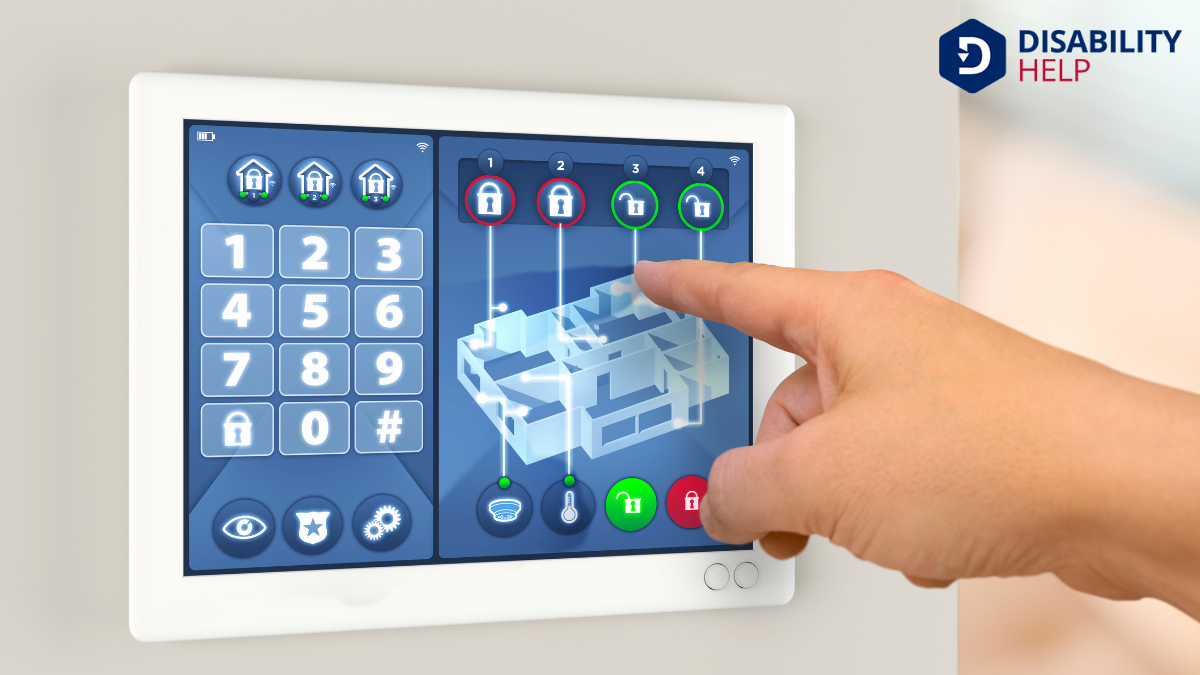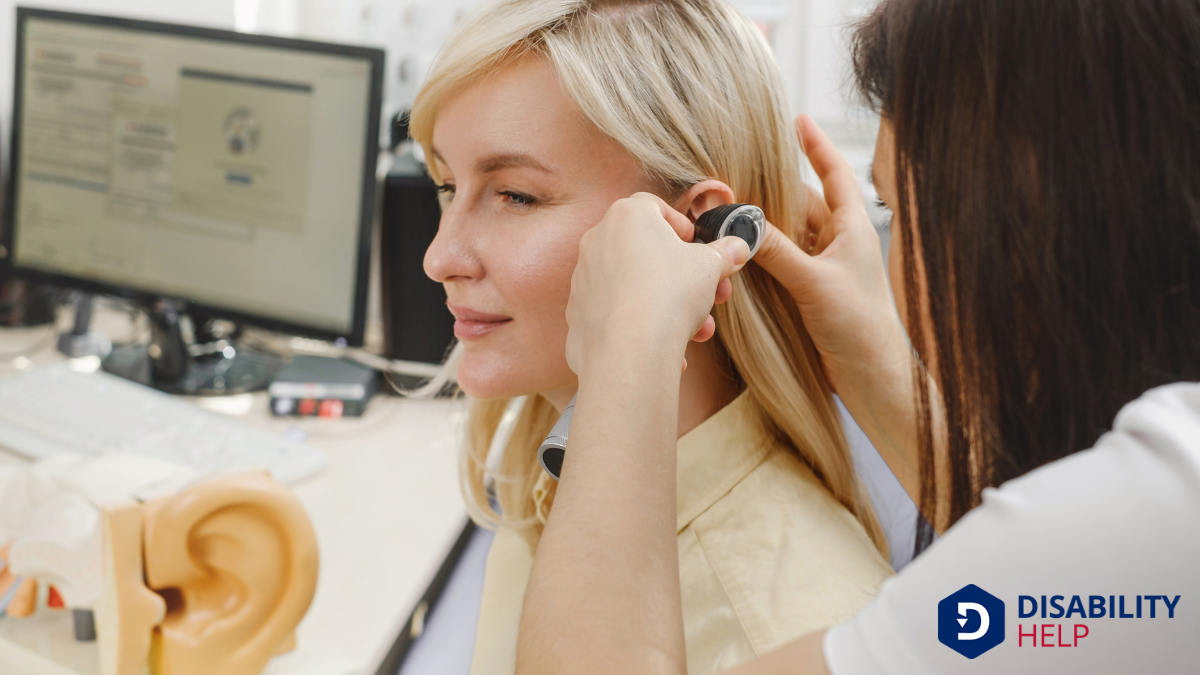Let’s explore how assistive devices can empower older adults to live more independently. From mobility aidsDevices designed to help individuals move around more easily, such as canes, walkers, or wheelchairs... that boost stability to smart home systems enhancing safety, these tools can transform daily living. Imagine the comfort of wearable health monitors tracking essential signs or communication devices keeping loved ones close. Each device plays a role in fostering autonomy. Curious about how these innovations can make a difference in our lives?
Key Takeaways
- Mobility aids like canes and walkers enhance stability and prevent falls, promoting safer movement for older adults.
- Smart home systems with voice-activated assistants help manage daily routines and enhance safety.
- Wearable health monitors provide real-time health tracking, enabling proactive health management and independence.
- Personal Emergency Response Systems (PERS) ensure quick access to emergency services, increasing user safety.
- Adaptive eating and cooking tools simplify meal preparation, promoting independence in the kitchen.
Mobility Aids: Enhancing Movement and Stability
When it comes to enhancing movement and stability for older adults, mobility aids play an essential role. It's understood that maintaining independence is important as we age, and these tools can make a significant difference. Canes, walkers, and wheelchairs provide support and help prevent falls, letting us move around with more confidence.
They're not just about getting from point A to B; they empower us to engage in daily activities safely and comfortably.
Let’s think about how these aids improve our lives. By reducing the risk of injury, they offer a sense of security. This means we can focus on enjoying life rather than worrying about potential mishaps.
Choosing the right mobility aid can enhance our quality of life, allowing us to remain active and independent.
Smart Home Systems: Creating a Safer Living Environment

While we endeavor for independence, smart home systems can greatly enhance the safety and comfort of our living environment. These systems offer a range of features that make daily tasks easier and safer.
Imagine lights that automatically turn on when we enter a room or thermostats that adjust based on our preferences. Smart locks allow us to secure our homes with a simple tap on our phones, providing peace of mind.
Voice-activated assistants can help us manage routines and remind us of important tasks, reducing the risk of forgetfulness. Motion sensors can alert us to unusual movements, ensuring quick responses to potential emergencies.
Wearable Health Monitors: Keeping Track of Vital Signs
Let's explore how wearable health monitors can transform our approach to aging by offering real-time insights into essential signs.
As we consider these devices, we'll focus on the benefits they bring, the key features we should look for, and the most popular options for seniors.
Benefits of Monitoring Wearables
Monitoring wearables, such as wearable health monitors, offer a multitude of benefits for older adults by keeping track of essential signs like heart rate, blood pressure, and oxygen levels.
These devices empower us to manage our health proactively by providing real-time data. With instant alerts on any irregularities, we can promptly seek medical advice, potentially preventing more serious health issues.
Wearables also allow us to share accurate health information with our healthcare providers, facilitating better-informed decisions during consultations.
In addition, they promote peace of mind for both us and our families, knowing that important signs are consistently monitored.
Key Features to Consider
When choosing wearable health monitors, we should focus on key features that guarantee accurate and thorough tracking of essential signs.
First, let’s prioritize devices offering real-time monitoring of crucial signs like heart rate, blood pressure, and oxygen levels. Accuracy is imperative, so we must make certain these devices have reliable sensors and algorithms.
In addition, consider user-friendly interfaces. Seniors need monitors with clear displays and simple navigation.
Connectivity is another essential feature; devices should sync seamlessly with smartphones or computers for easy data sharing with healthcare providers.
Battery life is important, too, so we’re not constantly charging the device.
Finally, comfort shouldn't be overlooked. Wearables should be lightweight and adjustable, making sure they’re comfortable for all-day wear without causing irritation.
Popular Devices for Seniors
Several wearable health monitors have gained popularity among seniors for their ability to keep track of vital signs effectively. These devices, like smartwatches and fitness trackers, let's monitor heart rate, blood pressure, and even oxygen levels in real time.
They're not just gadgets; they’re tools that empower us to take control of our health. By offering timely alerts, these wearables help us recognize potential health issues before they become serious. For example, if our heart rate spikes unexpectedly, we can address it immediately.
The ease of use is significant too—simple interfaces and clear displays guarantee we’re not overwhelmed. We can set goals, track progress, and even share data with our healthcare providers, making these monitors indispensable for maintaining independence.
Communication Devices: Staying Connected With Loved Ones
In today's digital age, staying connected with loved ones has never been easier, especially for older adults who might benefit from communication devices designed specifically for their needs.
We can explore options like smartphones with simplified interfaces or tablets boasting large, clear displays. Video calling apps can bridge the gap, allowing us to see and hear family and friends no matter the distance.
Voice-activated assistants offer hands-free communication, making it simpler to send messages or make calls. These devices enhance our social interactions, providing emotional support and reducing feelings of isolation.
Vision and Hearing Aids: Improving Sensory Capabilities

While maintaining our independence, it’s essential to address the sensory challenges many older adults face. Vision and hearing aids can markedly enhance our quality of life by improving sensory capabilities. They empower us to engage with our environment and maintain autonomy.
Whether it’s reading a favorite book or enjoying a conversation with friends, these aids play an essential role in our daily lives. Let’s explore some benefits:
- Enhanced Safety: Improved vision and hearing reduce accidents by increasing awareness of our surroundings.
- Social Engagement: We can better participate in conversations and social activities, reducing feelings of isolation.
- Confidence Boost: With clearer sight and sound, we gain confidence in handling tasks independently.
Adaptive Eating and Cooking Tools: Promoting Independence in the Kitchen
Let's explore how easy-to-use utensils and adaptive cutting devices can enhance our independence in the kitchen.
These tools not only simplify meal preparation but also empower us to maintain our culinary skills.
Easy-to-Use Utensils
Though cooking can be a joyful experience, for many older adults, the physical demands of the kitchen present challenges. That’s where easy-to-use utensils come into play. These adaptive tools enhance independence by making mealtime and cooking more manageable.
We can find specially designed utensils that cater to those with limited dexterity or strength, allowing us to maintain our love for cooking without the strain.
Let’s explore some options:
- Ergonomic handles: Utensils with thicker, non-slip grips provide comfort and ease of use.
- Weighted forks and spoons: Help stabilize hand tremors, offering better control during meals.
- Angled knives and forks: Reduce wrist strain by allowing us to use a more natural motion.
Adaptive Cutting Devices
Building on the foundation of easy-to-use utensils, we turn our attention to adaptive cutting devices that empower us in the kitchen. These tools make meal prep safer and more manageable, especially for those with limited hand strength or dexterity.
Let's explore options like rocker knives, which allow us to use a rocking motion to cut through food with minimal effort, reducing strain on our wrists.
Another handy device is the cutting board with stabilizing features, such as non-slip surfaces or food-secure holders, ensuring ingredients stay put while we slice and dice.
These innovations help us maintain our independence and confidence in the kitchen. By integrating adaptive cutting devices into our routine, we can continue enjoying cooking without the worry of accidental cuts or spills.
Personal Emergency Response Systems: Ensuring Quick Assistance in Emergencies
When emergencies strike, having immediate access to help can make all the difference in an older adult's life. Personal Emergency Response Systems (PERS) are invaluable for guaranteeing quick assistance.
They empower us to maintain independence while providing peace of mind for our loved ones. With just the push of a button, these systems connect users to emergency services or designated contacts.
Let's explore some key features of PERS:
- Wearable Devices: These can be worn as pendants or bracelets, guaranteeing help is always within reach.
- Two-Way Communication: Direct conversation with emergency responders guarantees clear communication.
- Automatic Fall Detection: Advanced systems detect falls and alert emergency contacts even if the button isn't pressed.
Conclusion
In exploring these assistive devices, we've seen how they can empower older adults to maintain their independence and enhance their quality of life. Mobility aids and smart home systems boost safety and confidence, while wearable health monitors and communication devices keep us connected and informed. Vision and hearing aids, along with adaptive tools, guarantee we can continue daily activities with ease. Let's embrace these innovations to support our loved ones in living independently and securely.






